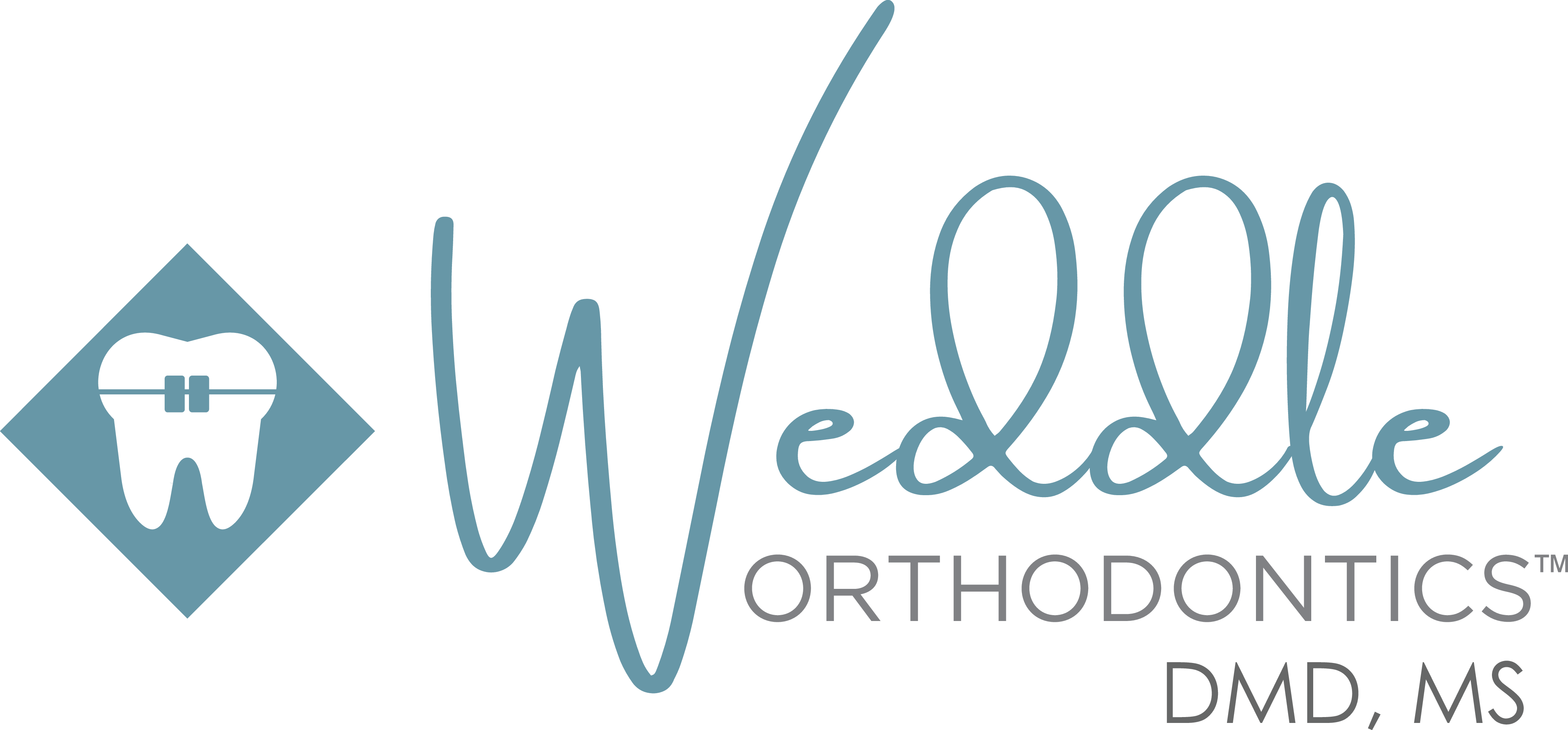Are you part of the 20% of people who don’t floss regularly? Flossing removes excess plaque from your teeth and lowers your risk of having periodontal disease. While flossing is incredibly important to your dental health in general, it’s even more important when you have braces.
But what’s the best way to floss with braces? Braces seem to make flossing more challenging, but it’s necessary for your oral health.
If you’re wondering more about flossing with braces, continue reading to learn some tips and tricks for flossing.
Why Floss?
When you brush your teeth, you remove the food particles and plaque from the surface of your teeth. But while brushing is needed, it often misses food particles stuck in between your teeth. Food particles left in between your teeth produce more bacteria and tartar.
Without flossing, you’re exposing yourself to tooth decay and gum diseases like gingivitis. It’s important to remove all debris between your teeth to have good oral health.
Braces make caring for your teeth even more important because debris hides easily in the brackets. In other words, you put yourself at greater risk of oral health problems when you don’t care for your teeth with braces.
The Best Way to Floss With Braces
You might be asking, “Can I floss my teeth with braces?” And the answer is, yes! However, even though flossing takes more time with braces, it’s well worth it if you want healthy teeth at the end of your treatment.
It’s important to remember that before you floss, you’ll want to brush your teeth fully. Brushing your teeth helps remove the majority of food particles from your teeth.
Here are some of the best methods of flossing with braces.
Traditional Floss
Traditional floss uses a thin thread of wax to dislodge particles in between your teeth. You can find floss at any drug store.
To floss with traditional floss, you’ll want to cut the floss about 24 inches long. Hold the floss taught by wrapping it around your index finger and holding it with your thumbs. Gently insert the floss in between your teeth, behind the wire, sliding up and down, being careful not to pull it out too hard.
You’ll want to take your time with this method of flossing to make sure you don’t damage the wire.
Floss Picks
Floss picks are small flossers that have floss already attached. These are convenient to use, and there are orthodontic flossers available. Orthodontic flossers are designed to fit nicely behind the wire so you can finish flossing in a flash.
Since there’s no cutting and measuring out floss, simply grab a flosser and start sliding it up and down in between your teeth. Throw the flosser away when you’re done.
Water Irrigation
Water irrigation uses the force of water to floss your teeth while getting hard-to-reach places regular floss can’t. You’ll want to invest in a water flosser, which is around $30-50 depending on the type you get. Some use batteries, while others use electricity.
To use a water flosser, you fill the basin with warm water. Lean over your sink and turn on the flosser while pointing it towards your teeth. Spray in between your teeth to remove food particles.
Using a water flosser should only take about 3-5 minutes with braces, as most flossers come with a timer. However, some water flossers have a specific flossing tip for those with braces, making food easier to remove.
Floss Threader
A floss threader is a tool that helps you floss more quickly and effectively by pulling the traditional floss behind the wire for you. It looks like a needle.
To use a floss threader, thread the floss through the hole. Then thread the floss under the wire and repeat on all teeth. The floss threader takes some getting used to, but if you prefer traditional flossing, then the threader makes it simple.
Floss threaders are an economical choice, and your orthodontist may even have some available for you at their office.
Interdental Brushes
Interdental brushes are small pic-like brushes with bristles. Insert them between your wires to remove food particles. Make sure you use them with water because they can be abrasive for some people.
They don’t require any special tools and come in disposable packages. For people who find flossing challenging, interdental brushes are a great choice and may remove more plaque than traditional flossing.
More Tips For Caring For Your Braces
Now that you know the importance of flossing with braces, here are some more tips on oral hygiene and braces so you can have the best-looking smile.
Keep your orthodontist appointments. At each appointment, the orthodontist evaluates your progress and checks your teeth for any cavities or gum problems. If there’s a problem with your oral health, your orthodontist can find it quickly.
Try using an electric toothbrush to brush your teeth. Electric toothbrushes provide a more thorough brushing and may reach small areas around your brackets that you can’t get with manual brushing.
Avoid foods that are sticky or hard. These foods may not only cause a broken bracket but may leave food particles that are hard to remove.
Now You Know How to Floss With Braces
The best way to floss with braces is a way that feels comfortable to you. This way, you’ll be more likely to stick with it and have healthy teeth throughout your treatment with braces.
Are you considering braces for yourself or your child? Schedule an appointment with one of the top orthodontists in Denver! Contact us today to get your appointment scheduled or to ask any questions.


Recent Comments